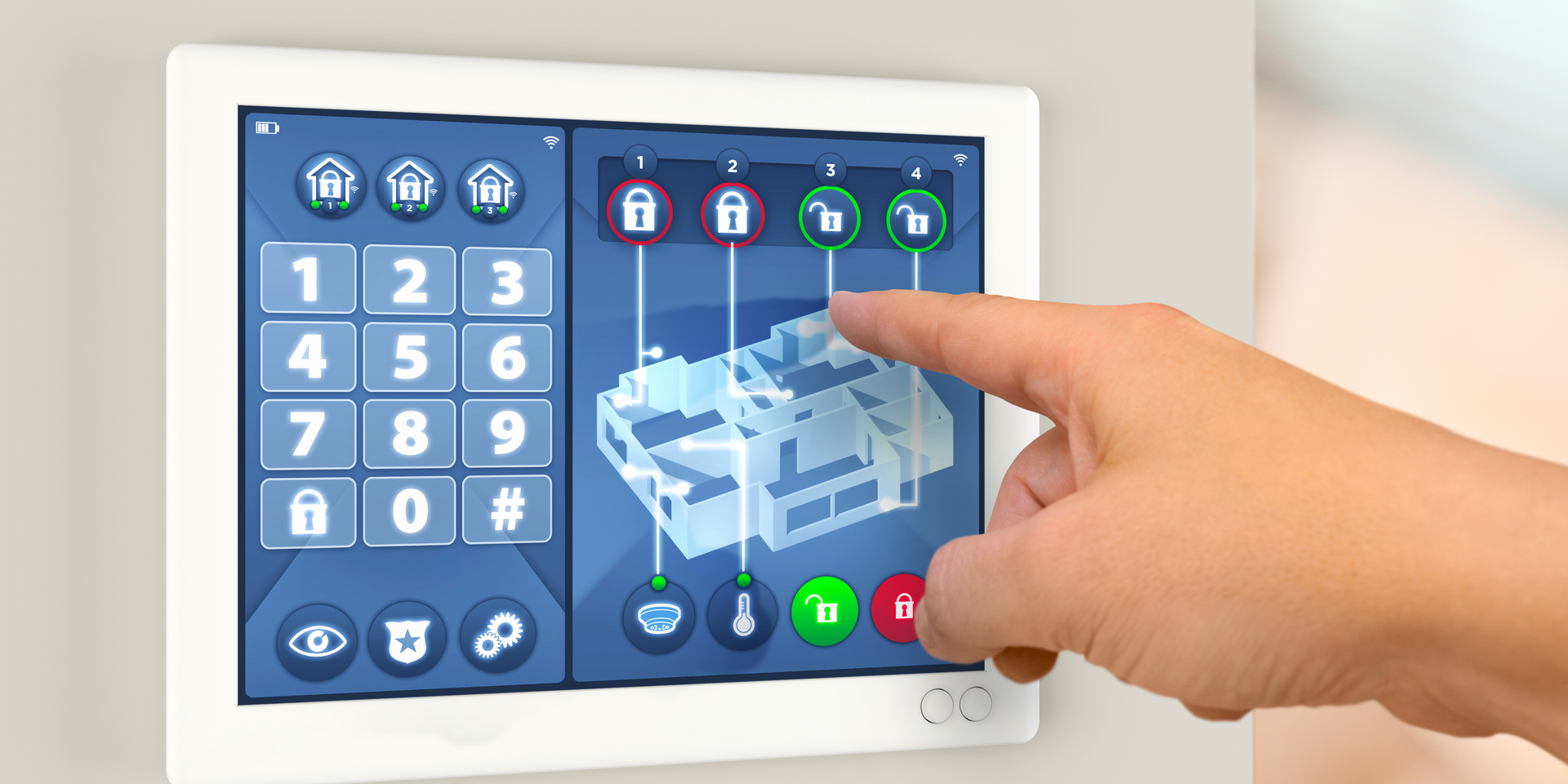What is a PI System in Manufacturing
What Is a PI System In Manufacturing?
The PI System offers a variety of insights and opportunities to introduce greater efficiency into your business operations. These insights and opportunities are only made possible through the powerful, intuitive, and user-friendly software systems like Empowered Automation Software.
We can help you embrace the digital transformation using our trusted Empowered automation Software. It provides high-quality operations data historian in any location with data enhancement based on analysts requests. This allows engineers and operators to collaborate in their activities while support data scientists to complete their work more efficiently.
How the PI System Works
Collect data from your many different types of devices (including remote and mobile ones) through the EAS software. Whether the data is stored on legacy or non-compliant systems, it will be collected.
Record and store years worth of data with a resolution under one second. Have quick access to high-quality historical, real-time and predictive data to keep your company running smoothly and your business insights coming.
Contextualize by adding intelligent labels and metadata to your data. Define hierarchies for different environments of your company that show connections between different aspects of your business. Context will help you discover the meaning behind individual data points.
Visualize and take action with Empowered Automation. We provide the ability to create custom reports and views so you have quick access to the metrics you need. Drill down from high output summaries and individual assets to troubleshoot issues or compare downtime events or batch datasets for a more complete view.
Integrate, share, and empower through our platform that lets you get insights by analyzing the data we provide. Easily send data to the cloud with a few clicks so you can collaborate with analysts, data scientists, and even other partners outside your organization. Operational agility made easy.
You might also like



